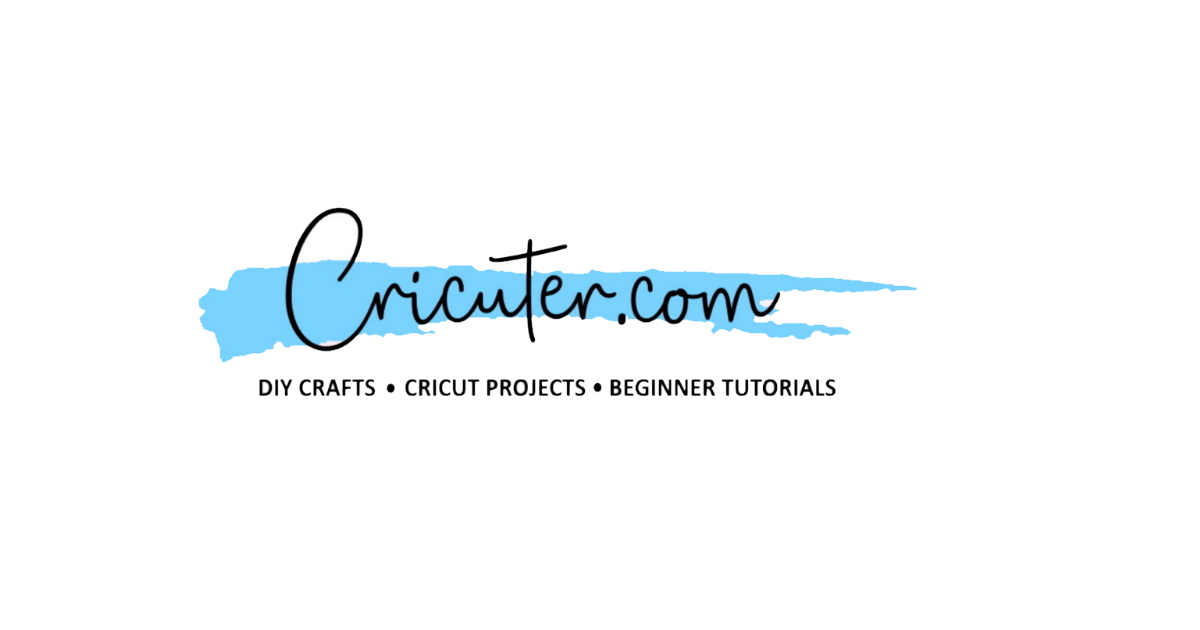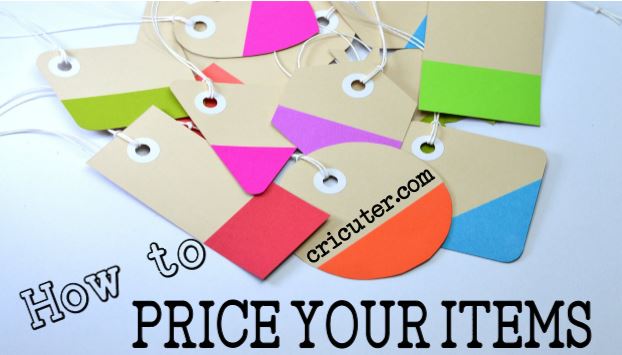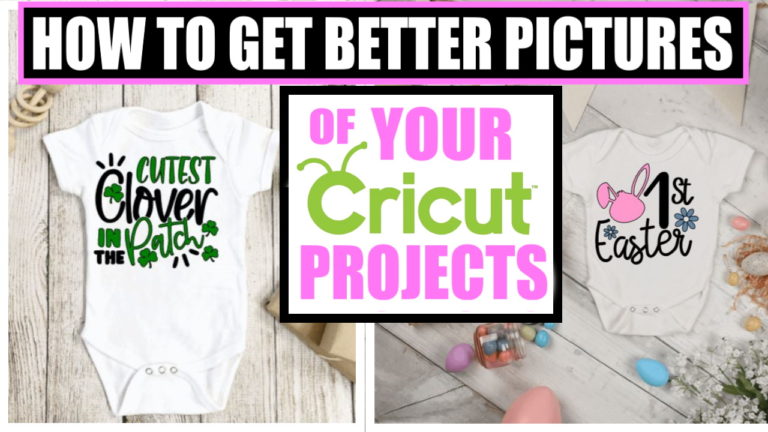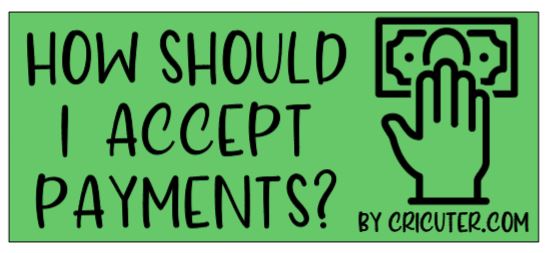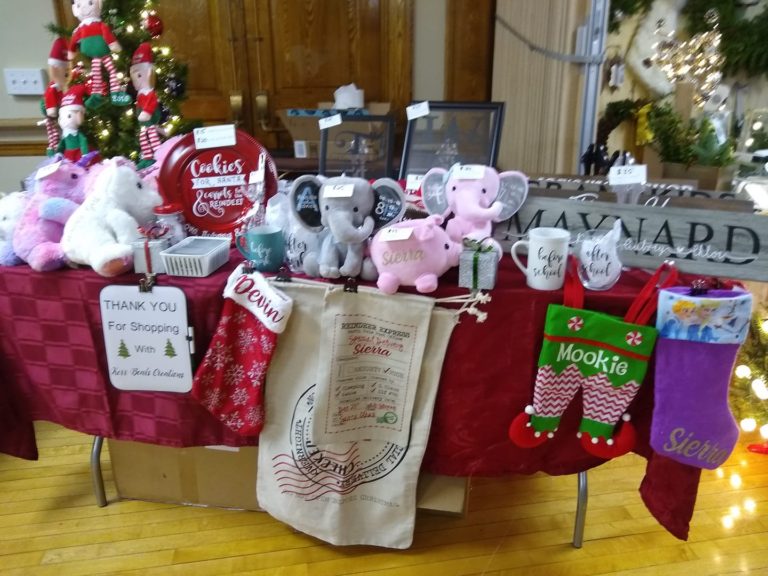How to Price Your Cricut Crafts: A Detailed Guide
Figuring out how to price your Cricut crafts effectively can make all the difference in your crafting business. This guide will help you navigate through the process, ensuring you cover all costs and maximize your profit.
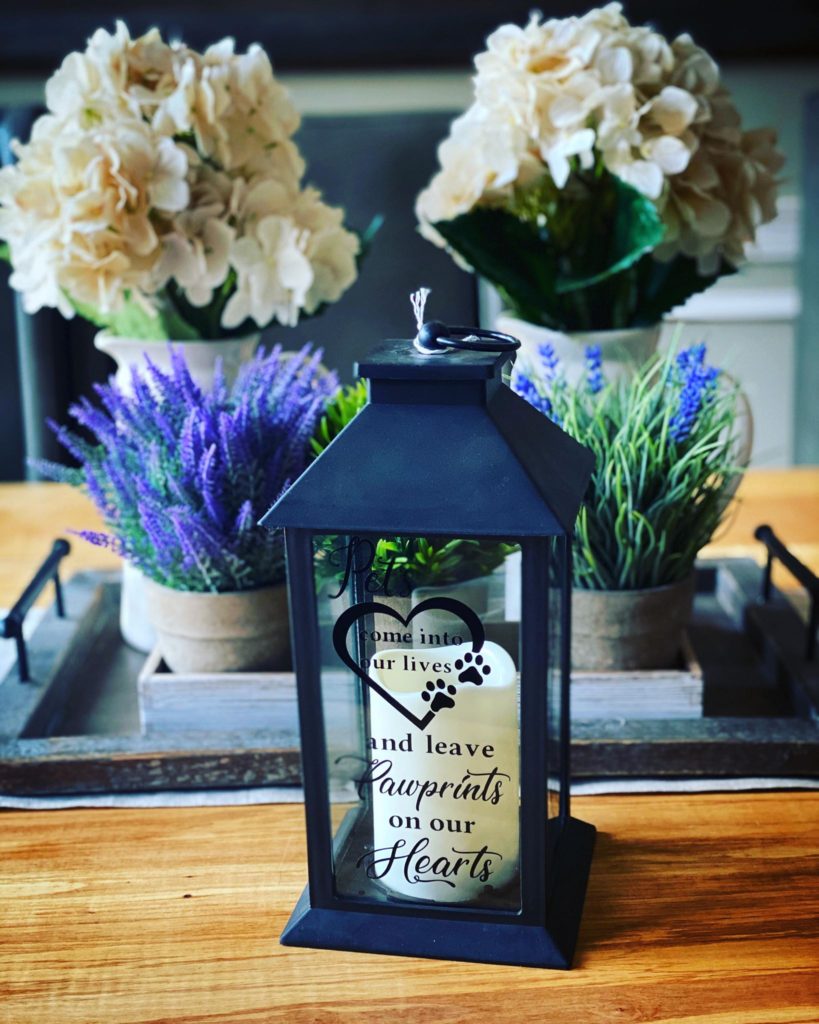
Step 1: Calculate Material Costs
When figuring out how to price your Cricut crafts, Start by identifying the cost of materials for each project. This includes blanks, vinyl, paper, tools, and any other crafting supplies. For instance:
- Vinyl Costs: If a 12″ x 6ft roll of vinyl costs $6, divide $6 by 6ft to get $1 per square foot. Adjust this calculation for Heat Transfer Vinyl (HTV), which may be more expensive.
Some people try to get very precise with their pricing, breaking down the cost of vinyl per project. To calculate how much your vinyl costs per square foot, take the total price and divide it by the number of feet in a roll. For example, a 12″ x 6ft roll of black Oracle 651 vinyl costs $6. $6 divided by 6ft=$1/sq. ft.
Step 2: Factor in Labor Costs
Your time is valuable! It’s very important that you pay yourself adequately for the amount of time it takes to make a product. Some projects with intricate designs take longer to make than other more simple designs.
I can spend hours and hours designing a memorial lantern, weeding tiny bits of stubborn Oracle 651, disassembling the lantern so that I can get my vinyl on the inside of the glass, transferring the vinyl, and reassembling it. My blank materials might only cost me $10, but I charge anywhere between $30-60 to compensate for all the hours I spend making it. It wouldn’t be worth it to sell that same $10 for lantern $20 if I spent 4 hours making it. Then you would only be paying yourself $2.50/hour for your time.
When trying to figure out how to price your Cricut Crafts, You want to make sure you’re paying yourself at least minimum wage for your time.
Step 3: Use a Pricing Formula
It’s important to consider using standard pricing formulas to set your prices. This will help you figure out if the project is worth doing before you even start. To figure out my pricing, I usually do the following:
time + materials = cost
cost x 2 = wholesale price
wholesale x 2 = retail price
Personally, I like to get at least 3 times what I paid for the blank. For example, if I buy a t-shirt for $5, I try to sell it for $15. This usually (not always) covers the cost of the vinyl and blank, and gives me profit for my time. However, there are other factors that I take into consideration, such as the cost of vinyl and my time.
Step 4: Research Market Prices
Researching the market is essential to ensure your pricing is competitive yet profitable. Maybe you are selling a beautiful, personalized, custom designed wood sign. You list it for $40, but then find out your neighbor is selling one just like it for $25. Who do you think the customer is going to choose? You don’t want to underpay yourself for your work, so use one of the formulas above to create a price you feel good about. If there is competition in your area, find a way to make your product better than theirs! Consider these two wood signs below. One has just vinyl text, and the other has lace ribbon and a beautiful flower added.


The one with the added touches will probably sell better and for a higher price.
Here’s how to do market research effectively:
- Analyze Similar Products: Browse platforms like Etsy, eBay, and Facebook Marketplace to find similar Cricut crafts. Note their pricing, customer reviews, and overall popularity.
- Identify Your Niche: Determine what makes your products unique. This could be your design style, customization options, or quality of materials used. Your niche can allow you to price higher if it stands out from the competition.
- Understand Your Audience: Know who your target customers are and what they are willing to pay. For instance, personalized gifts might command higher prices due to their custom nature.
- Track Trends: Stay updated with current crafting trends. Products in high demand can often be priced higher due to their popularity.
- Consider Location: If you sell locally, consider the economic conditions and average income of your area. This can influence what people are willing to pay.
- Factor in Fees: If you’re selling on platforms that charge fees (like Etsy), include these in your pricing to ensure they don’t eat into your profits.
- Adjust for Seasonality: Certain crafts may sell better during specific times of the year (e.g., Christmas decorations). Adjust your prices to reflect the higher demand during these periods.
By thoroughly researching the market, you can set prices that are competitive and fair, ensuring that your Cricut crafts attract customers while still providing you with a sustainable profit.
Step 5: Adjust for Unique Factors
Unique factors can set your Cricut crafts apart and justify a higher price. Here are some aspects to consider:
- Customization and Personalization:
- Personalized Items: Offering custom names, dates, or messages can make your products more appealing. Personalized gifts are often seen as more valuable and can be priced higher.
- Custom Designs: Unique, one-of-a-kind designs tailored to customer preferences can command premium prices.
- Intricate and Detailed Work:
- Complex Projects: Items that require more time, skill, and intricate work should reflect the additional effort in their pricing. Detailed designs, layered projects, and multi-step processes can all justify higher prices.
- High-Quality Materials:
- Premium Materials: Using high-quality or specialty materials can increase the perceived value of your crafts. For example, premium vinyl, high-grade cardstock, or specialty inks and foils can enhance your product’s appeal.
- Eco-Friendly Options: Sustainable and eco-friendly materials are increasingly popular. Offering these can attract environmentally conscious customers willing to pay more.
- Limited Editions and Exclusivity:
- Limited Runs: Creating limited edition items or exclusive collections can create a sense of urgency and exclusivity, allowing you to charge more.
- Signature Series: A signature line of products that showcases your unique style and craftsmanship can become highly sought after.
- Bundling and Value-Added Services:
- Product Bundles: Offering sets or bundles of complementary items can increase the overall sale value. For instance, a set of matching party decorations or a complete DIY kit.
- Gift Wrapping and Packaging: Attractive, branded packaging and gift-wrapping services can enhance the perceived value and justify a higher price.
- Brand Reputation:
- Establishing a Brand: Building a strong, recognizable brand with a loyal customer base can allow you to price your items higher. Customers are often willing to pay more for products from brands they trust and love.
- Positive Reviews and Testimonials: Showcasing customer reviews and testimonials can boost your credibility and justify premium pricing.
Adjusting for unique factors allows you to highlight the special aspects of your Cricut crafts, justifying a higher price point. By considering customization, intricate work, high-quality materials, exclusivity, bundling, and your brand reputation, you can set prices that reflect the true value of your creations.
Conclusion
Pricing your Cricut crafts effectively requires a balance of material costs, labor, and market research. By following these steps, you can ensure your prices reflect the true value of your work and help you achieve a profitable crafting business.
Cricuter’s Recommended Deals
- Sign up for Creative Fabrica’s FREE trial
- Sign up for Creative Fabrica’s discounted yearly subscription
- Shop the best deals on Cricut machines
- Accept credit card payments with your FREE Square Card Reader
- Check out my Linktree
Connect with Cricuter
Some of the links provided are affiliate links. Cricuter is a participant in the Amazon Services LLC Associates Program, an affiliate advertising program. As an Amazon Associate, we earn from qualifying purchases. This means, at no additional cost to you, we will earn a commission if you click through and make a purchase.
